Cerebral palsy- Surgery, Botulinum Toxin
What is cerebral Palsy?
Cerebral palsy is group of nuro-motor disorder that affect person ability to move and maintain posture and balance. Most of time this motor problem is associated with many other medical problem. It occur because of brain insult to immature brain in utero and up-to 2.5 year of age.
What are the problem in cerebral palsy?
In this problem, child is affected with multiple issue like inability/ difficulty to sit, stand, walk, speech, see, hear and problem in perception, communication & epilepsy etc. some children are failure to thrive, but other are affected with obesity and different type of nutritional problem. These children are also not able/ feeling difficulty to perform their activities of daily life. These children also have movement disorder like athetoid / dystonic/ataxic/ spastic pattern along with problem in muscle coordination, selective motor control, sensory issues & muscle weakness. These children can present clinically in different form according to extents & site lesion in brain.
What are the prognosis?
Brain insult is static but disability can be static, increase, decrease depending upon treatment and environment. With increase in weight and height in adolescent during growth spurt of puberty disability increases many fold. With early identification & early intervention by god method of rehabilitation more than 80% children can have good quality of life. Nearly 60% will be independent walker, 20% will need walking aid, 20% will be wheel chair bound and will need nursing care. These children need close follow-up till the adulthood.
How to plan treatment modality?
For planning treatment modality, these children need detail assessment including detail history, evaluation of functional activity, physical examination and gait analysis. Proper counselling and involvement of parents should be integral part of treatment & rehabilitation. Treatment of associated medical issues should be managed along with management of physical disability. Treatment of these children require team approach which should contain pediatrician, neurologist, pediatric orthopedic surgeon, physical, occupational, speech therapist, special educator, counsellor, orthotic engineer. We need to evaluate and write on the paper about problem child.
What are the treatment strategy?
Aim of treatment in these children is to get functional improvement up to their maximum efficiency. So our treatment protocol should include treatment of neuro-motor disorder &functional disability so that we can improve overall health & quality of life. Gross motor functional level (GMFCS) are fix for every children at the time of birth but determination of this is not possible before the age of 6 year. We need to work in that specific level of GMFCS for improving their functional capability by all means.
What is the multimodal therapy in treatment of children with cerebral palsy?
Multimodal therapy is the mainstay in treatment of these children. This multimodal therapy may include physical, occupational, speech, oro-pharyngeal therapy, yoga, sport, training in ADL, Socialization, preparation for main stream school along with brace & walking aid. Etc. Some time they may need medicine, botulinum toxin and surgery to control consequences of motor disorder.
In initial phase of life, every children need intensive therapy for few months to year till they get their maximum possible functional activities followed by maintenance therapy till the maturity. Every children with cerebral palsy are different from others so they need separate set of rehab problem according to their problem and need. Physical therapy is required to manage neuro-motor disorder. Physical therapy include NDT, SI, CIMT, Strength training exercises, electrical nerve stimulation etc. stretching and joint mobilization exercises, fast oil massage should be avoided. It can do more harm than benefit. Abnormal Movement and tone problem in dyskinetic cerebral palsy is very difficult to manage so they need more relaxation & activity oriented exercises along with powder massage then other physical therapy methods. All the elements of motor disorder should be managed by physical exercises. Occupational therapy can help the child and their families to get functional activities specially activities of daily life like eating, toileting, buttoning, bath etc. Light powder massage, Yoga and meditation should be used to calm and relax the child. Sports, gym, outdoor and indoor activities helps to improve stamina, boost up their moral, and improve social communication. It also remove monotonous life from these children. All the activities should be repeated many times in a day for few days to few months till they understand and can do. Initially activities should be supported by the parents but slowly we should remove our support so that they can do independently. Involvement of child and parent is very important to get good recovery. So atmosphere at home and rehab center should be very pleasant so that child can cooperate easily. Different type to toys including different color light, sound, vibration can helps a lot. Environmental changes like special chair, spoon, thick pencil, barrier free environment should be done to felicitate activities. Speech &oro-pharyngeal exercises is needed to manage drooling of saliva, problem of deglutition, speech and language problem. Special education prepare the child for main stream school. Different type of brace are being advised to support extremity. But braces should be made of light weight polypropylene and cover minimum number of joint. Ankle foot orthosis (AFO) is commonly used brace in cerebral palsy. AFO should be prepared by taking plaster mold of foot& leg. Varieties of brace are being used including foot insert, smo, afo, fro, articulated/ fix afo and knee gaiter. This braces are being recommended on the basis of specific requirement of child. Each child need different type of brace. Walking aid like stick, elbow crutches and walker are the essential walking aid, required for smooth gait pattern and to decrease energy expenditure,.
What are the treatment of spasticity?
Sometime spasticity is too much in child, they need some anti-spastic measure including oral medicine and botulinum toxin etc. Oral medicine is needed for management of generalized spasticity and botulinum toxin for focal spasticity. Spasticity decreases up-to great extent after the age of 8 year in significant percentage of patient. Medicines are also being used in treatment of dyskinesia. Few relaxation exercises and medicine helps a lot to these children. Plaster with or without botulinum toxin enhances the outcome because stretches out short spastic muscle. But effects of plaster without botulinum toxin gets wear off with in few months so they need repeated application. Plaster application is feasible mostly in ankle and knee spasticity and mild contracture but not applicable in elder children with moderate to severe contracture.
What are the indication of surgery?
Orthopedic surgery is required to manage to manage bone & joint deformity, muscle contracture, joint dislocation. The surgery is being differed till the age of 7-8 year. Traditional surgery like tendon lengthening, tenotomy are not preferred because it may increase weakness of already weakened muscle. Now days, we more often to do surgery on bone and joint in comparison to muscle to correct torsional misalignment. But surgical planning should be very precise and are being planned after detail analysis including detail history, physical exam, gait analysis & perioperative reassessment of child. Orthopedic surgery is only required in children with spastic and mix cerebral palsy. In pure dyskinetic cerebral palsy surgery has no role. Common orthopedic surgery in cerebral palsy is gastrocnemius lengthening, derotational osteotomy of distal femur and tibia, semitendinosis tendon transfer to adductor magnus, rectus femoris transfer to Sartorius, distal transfer of tibial tuberosity, psoas major lengthening, extension osteotomy distal femur, subtalar arthrodesis, talonavicular fusion. N upper limb mostly tendon transfer and Aponeurotic release in muscle are common surgery. After surgery child need rest for few day and slowly exercise intensity increase. Post-surgery use of braces is depend upon type of surgery.
`For more information log to www.trishlafoundation.com
Fixed flexion deformity of both knee in 16 year age child

X- Ray: B/L hip dislocation in 7 year old child

X- Ray: after B/L hip reconstruction

X- Ray: U/L hip dislocation in 8 year old child
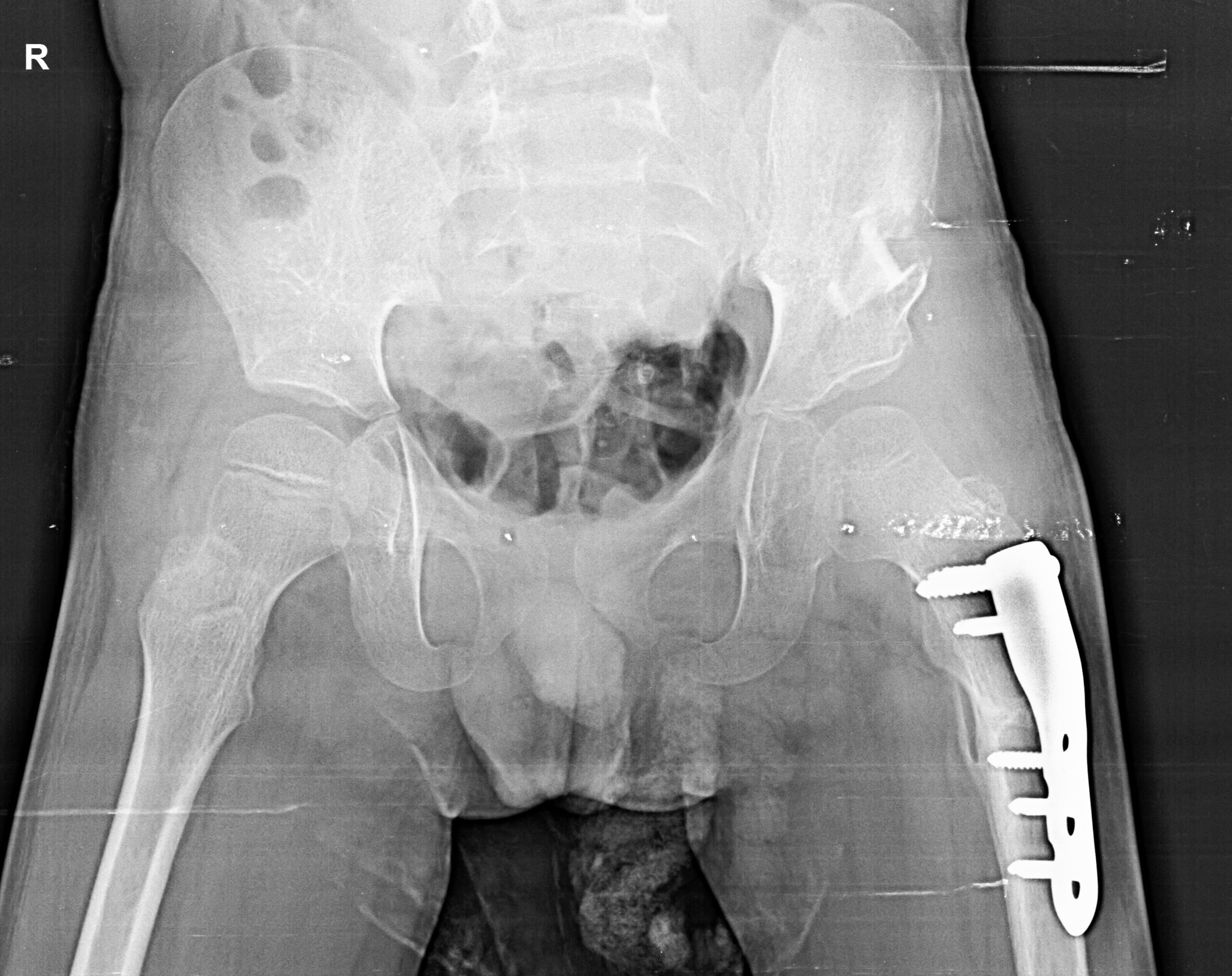
X- Ray: after U/L hip reconstruction
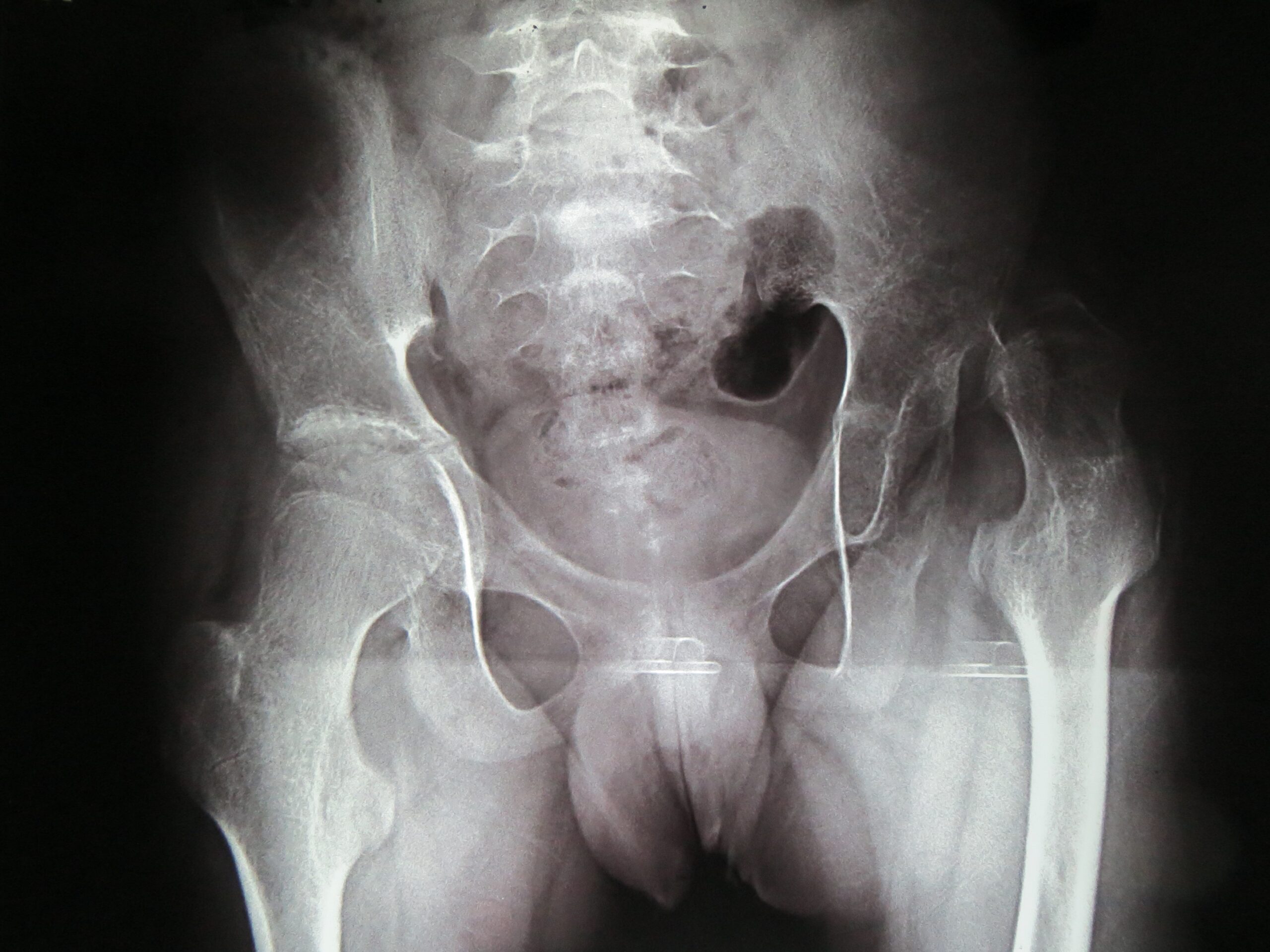
X- Ray: U/L hip dislocation in 15 year age child
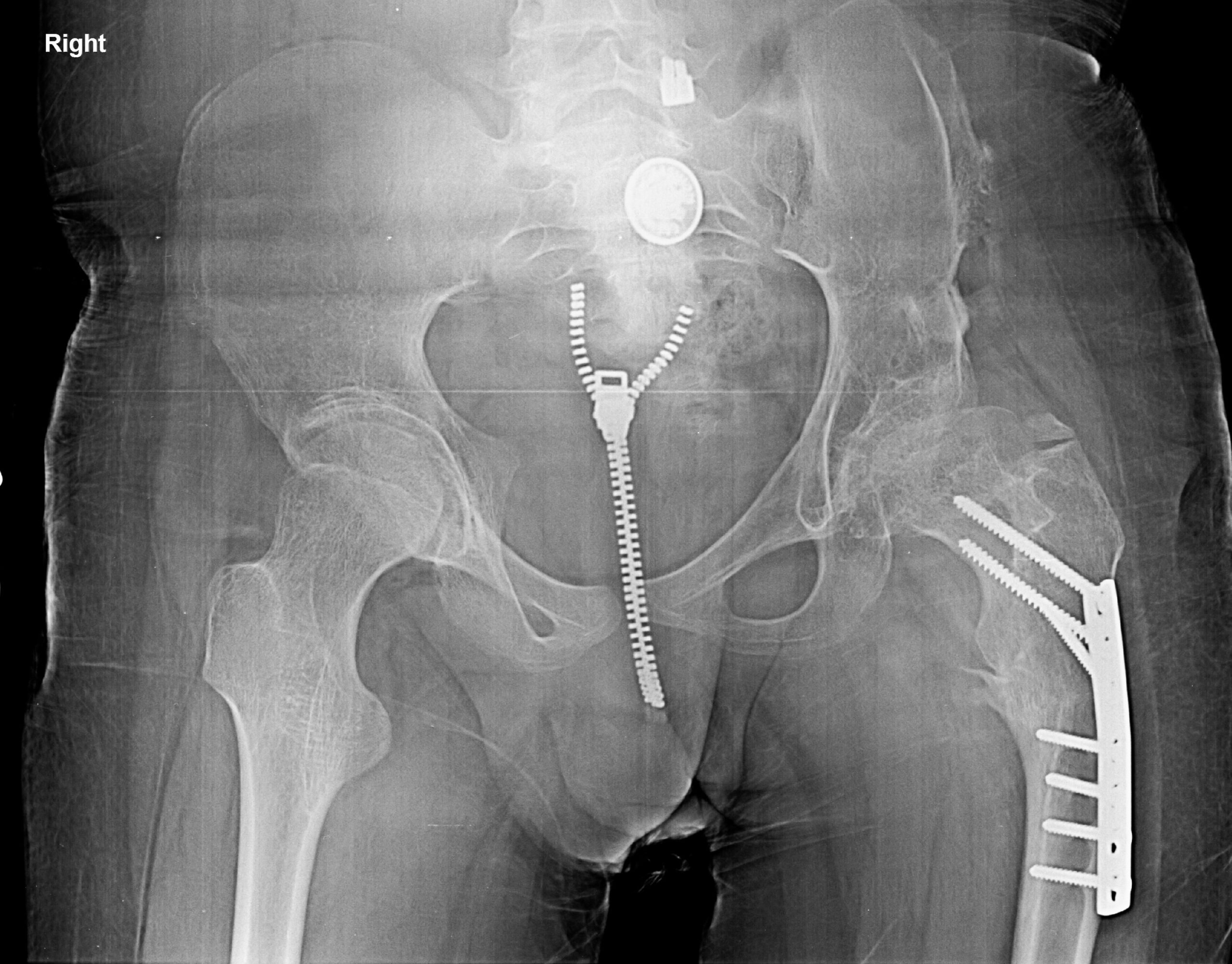
X- Ray: after hip reconstruction

Final X-Ray: after plate removal
Surgery around knee & distal thigh
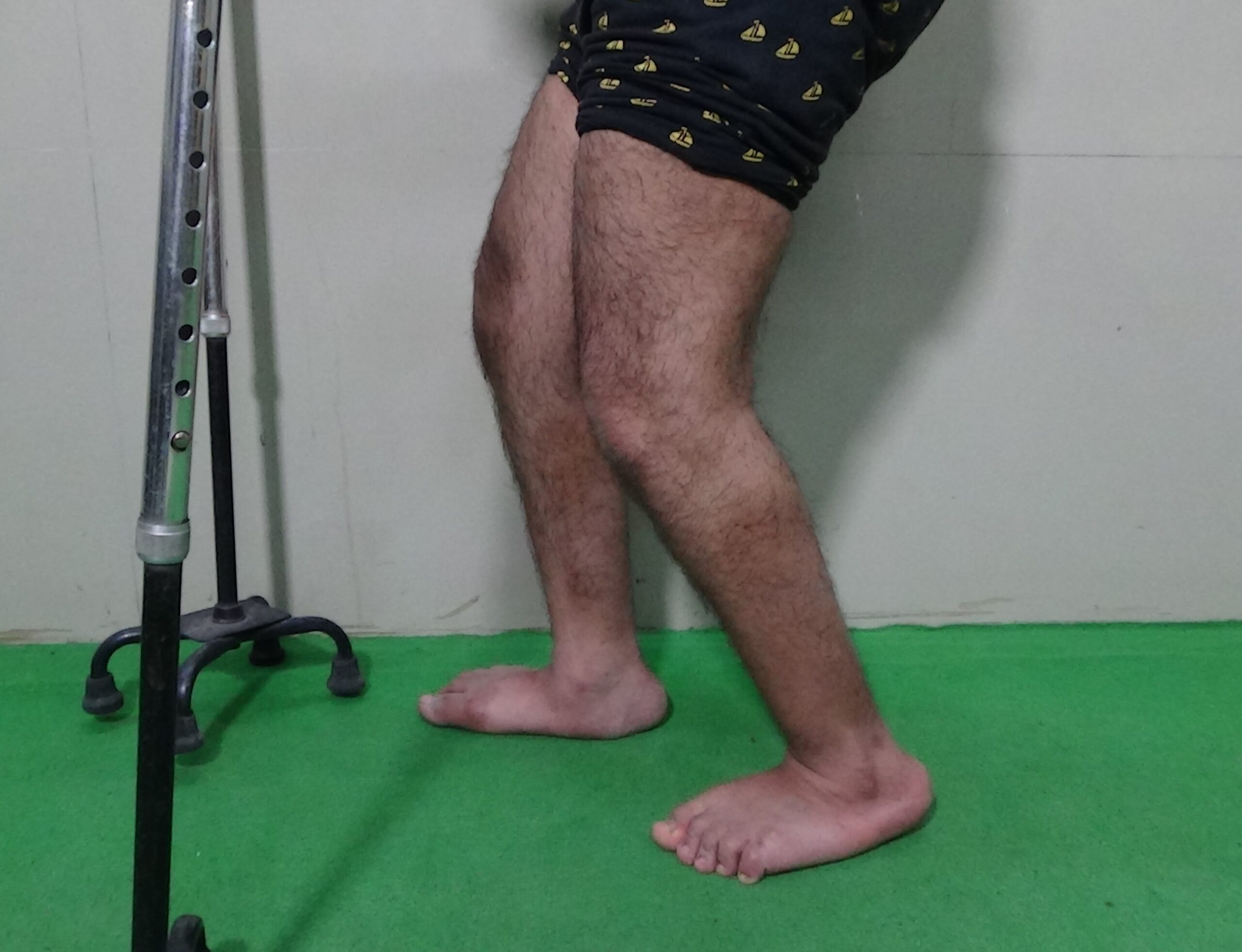
Knee flexion Deformity

X-ray of Both knee joint

X-Ray After distal femoral osteotomy

distal transfer of tibial tuberosity
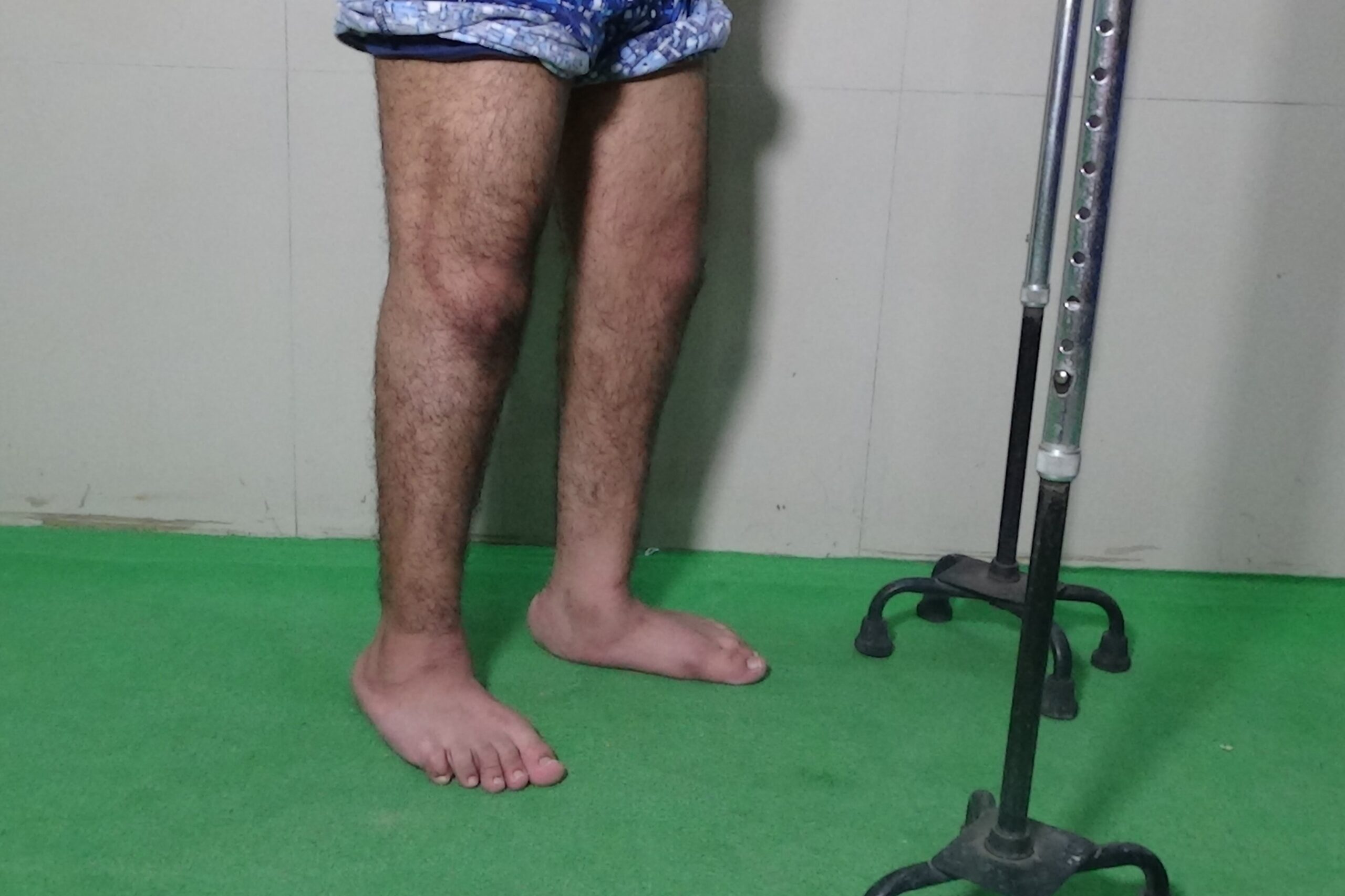
final
femoral internal torsion deformity managed derotational osteotomy distal femur
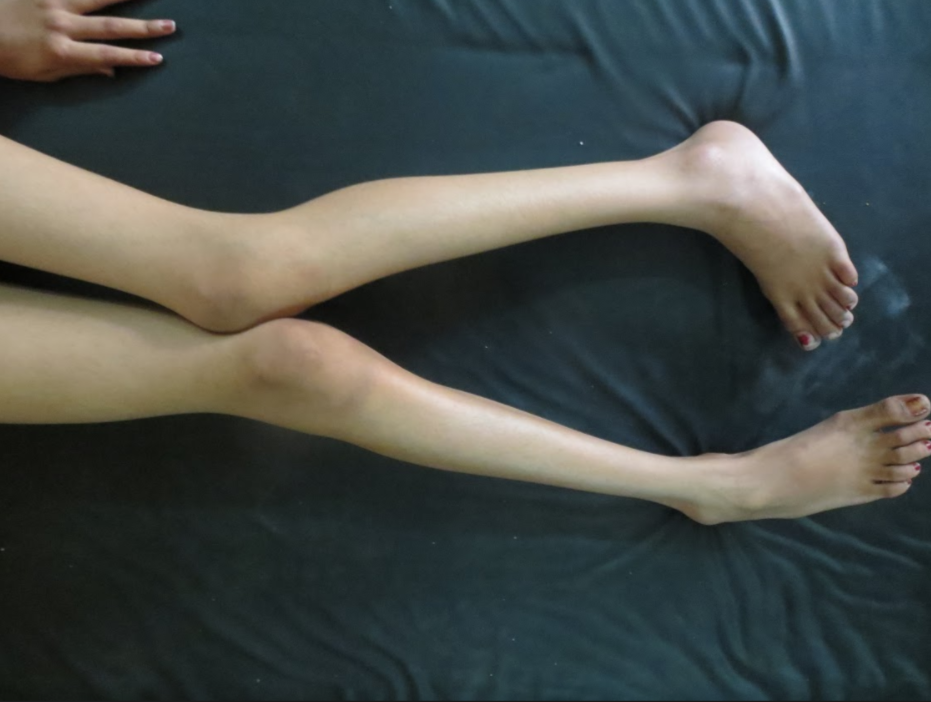
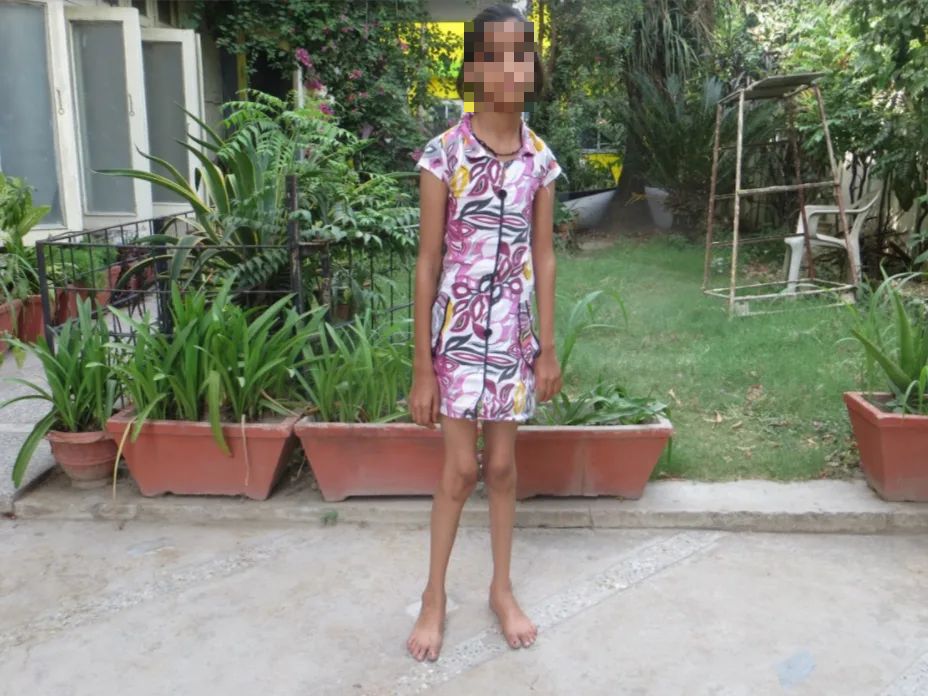
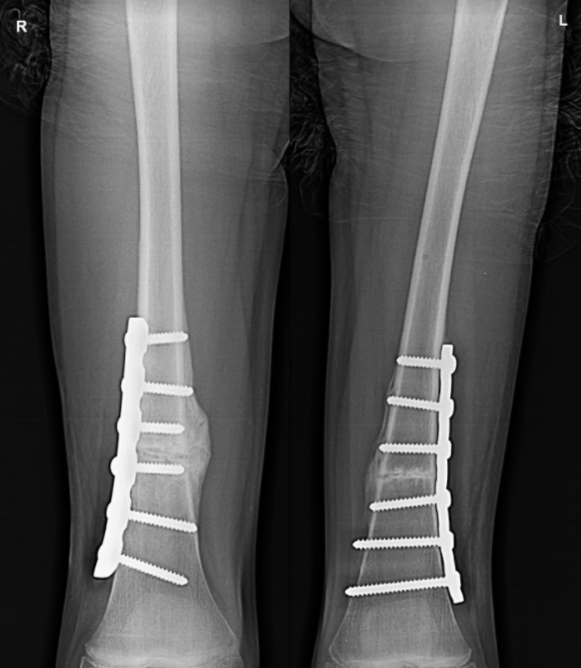
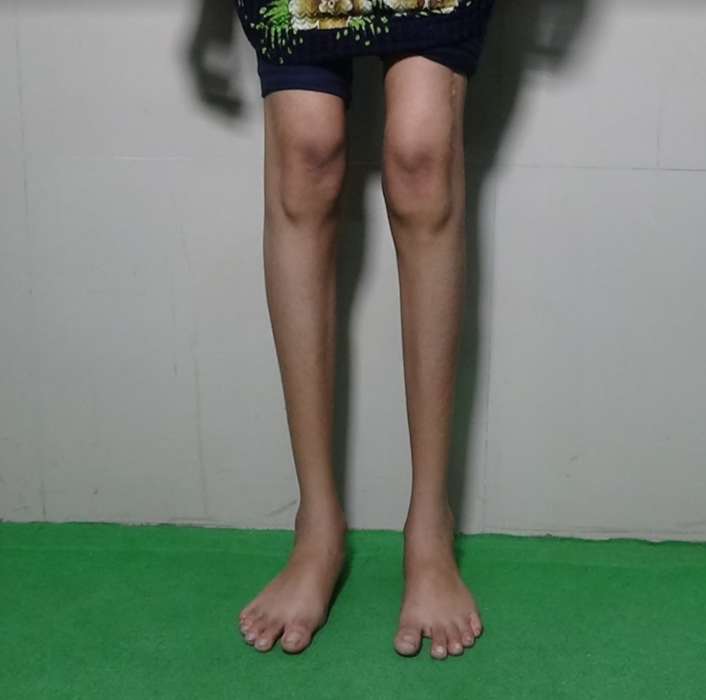
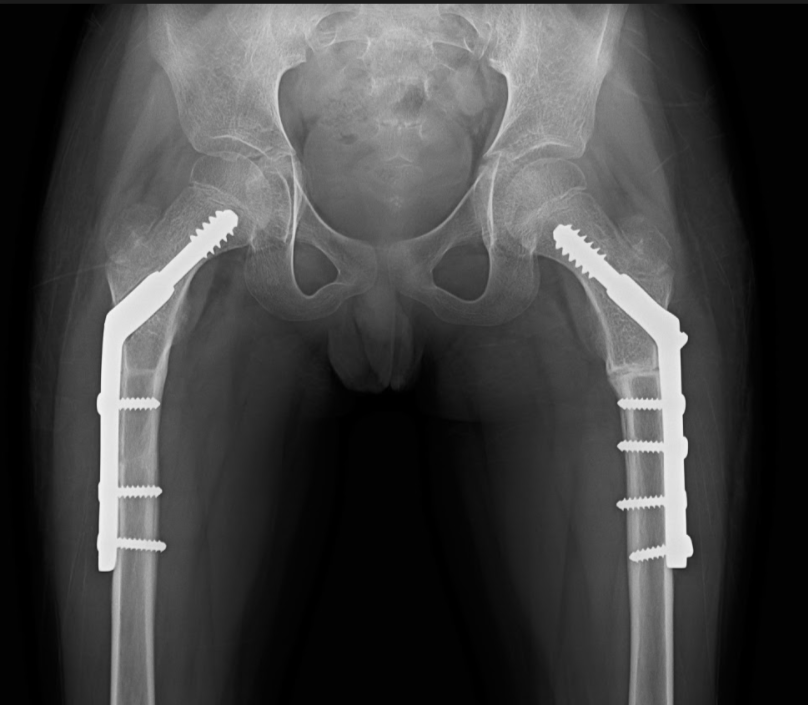
Hamstring contracture in 7 year age child managed by hamstring transfer
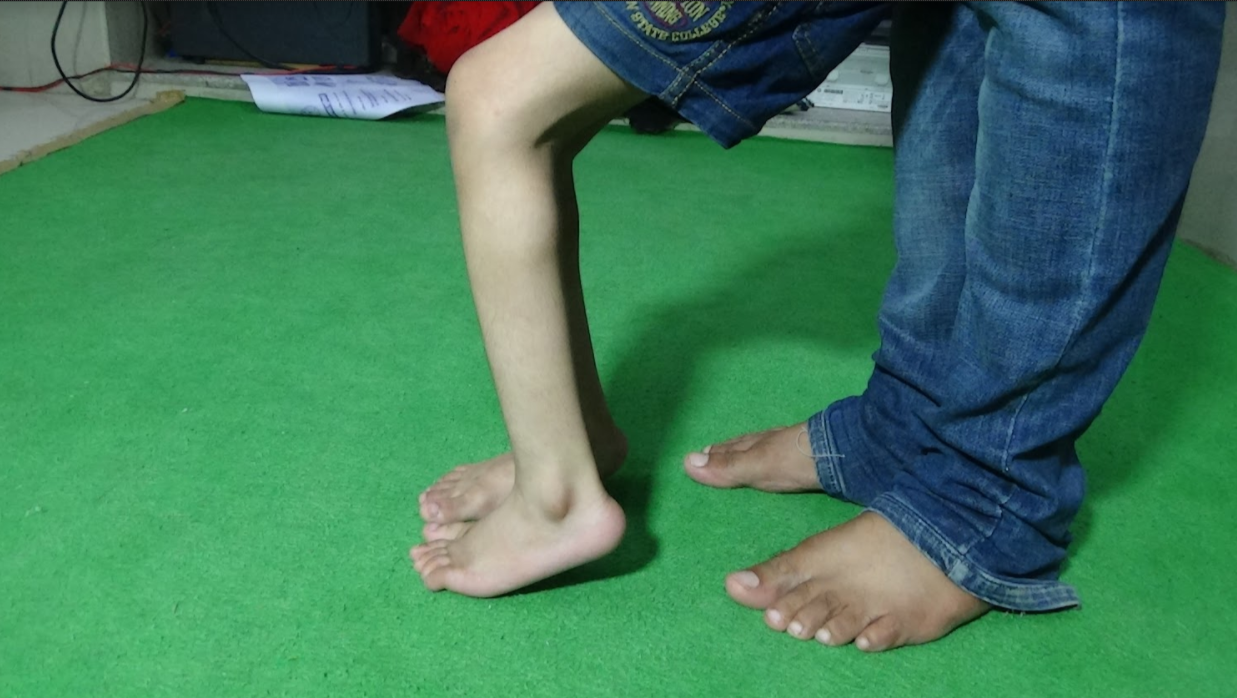
Before
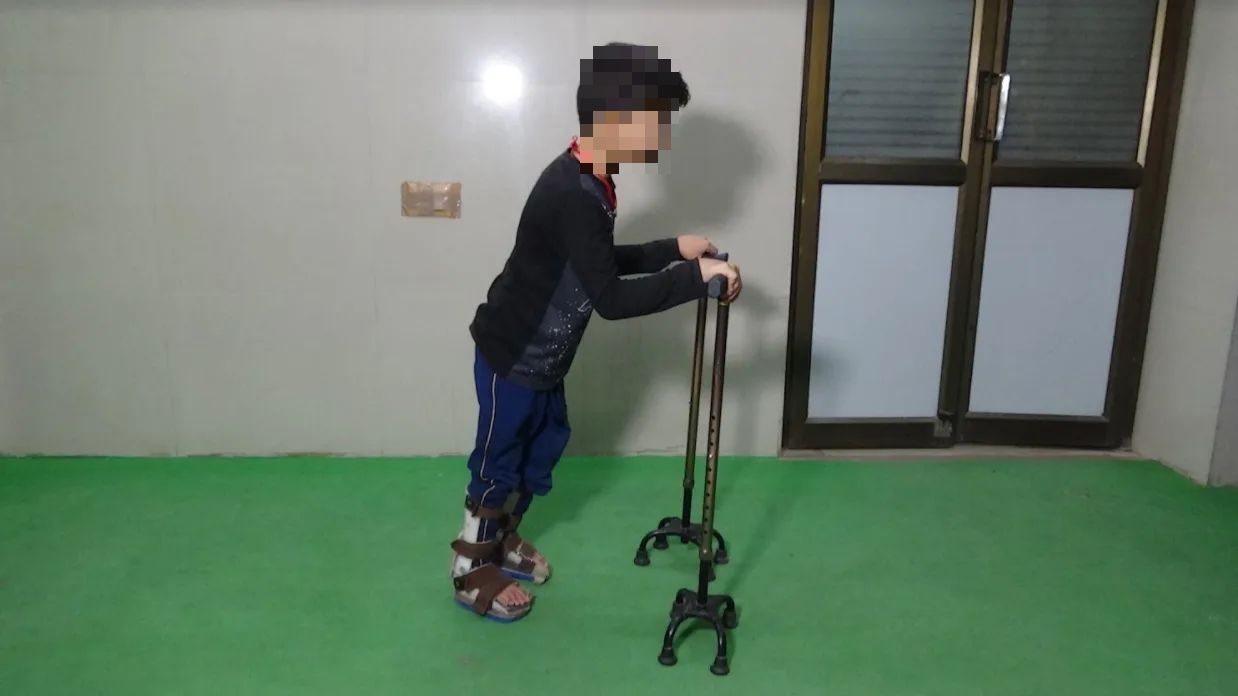
After
Equinus contracture managed gastrocnemius lengthening
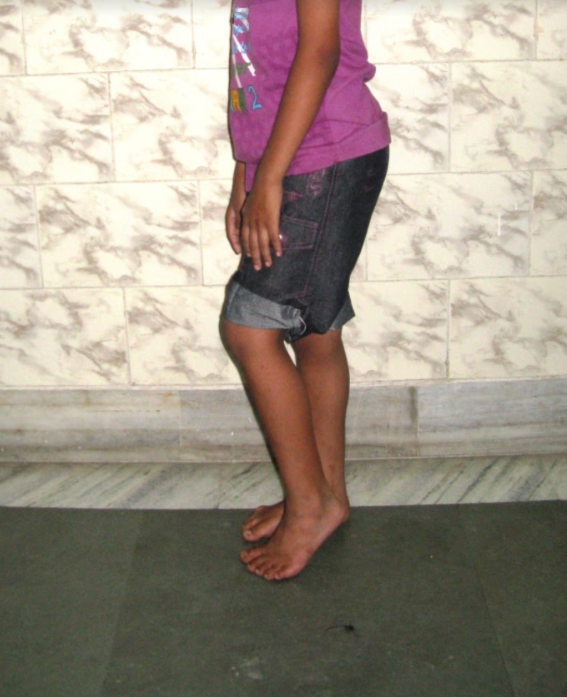
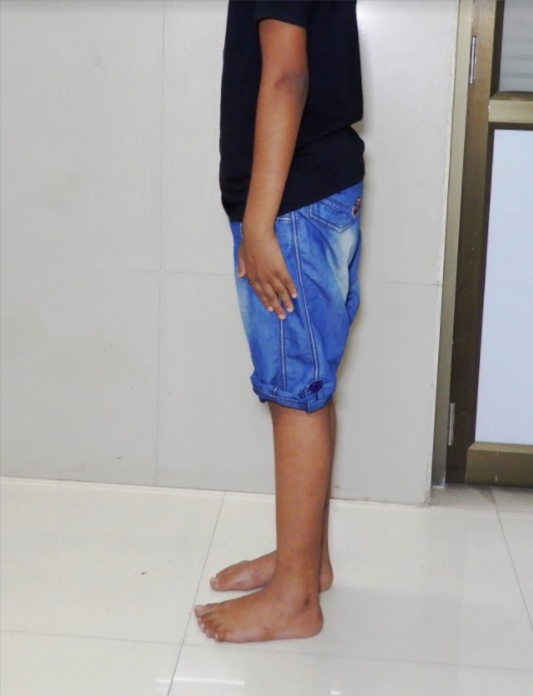
External tibial torsion managed by derotation osteotomy distal tibia


Planovalgus feet- managed by different methods
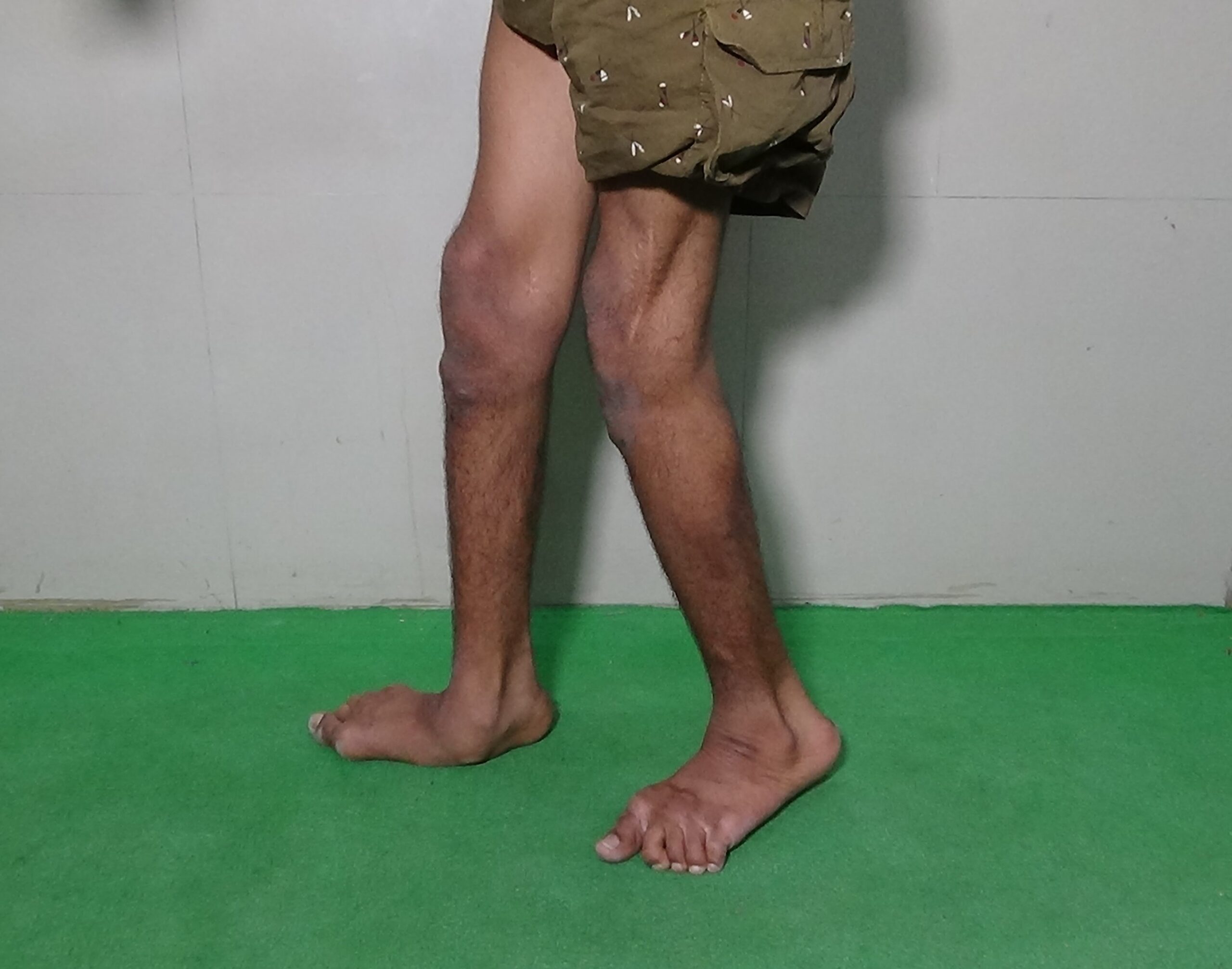
Preoperative
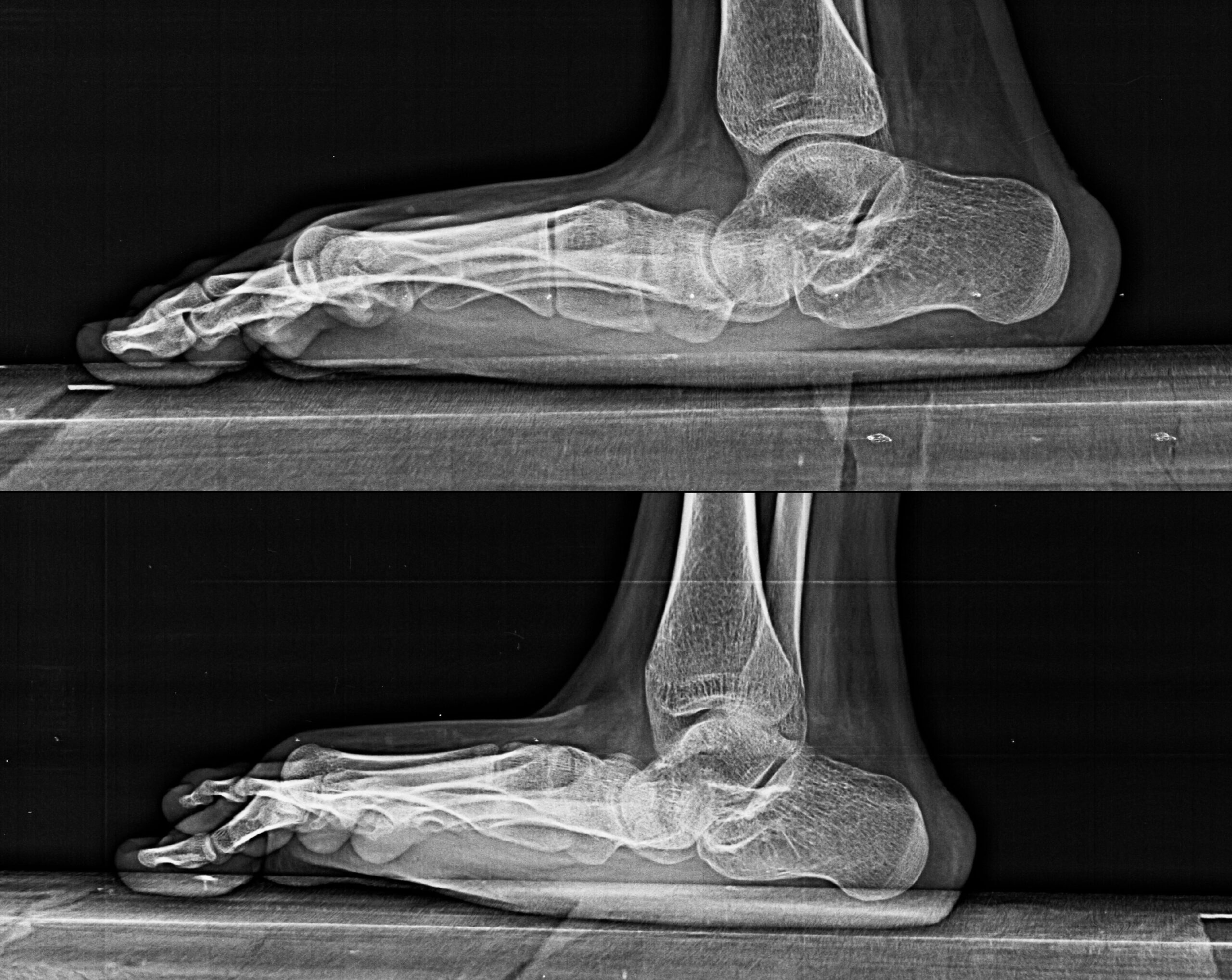

Talonavicular fusion

Subtalar arthrodesis
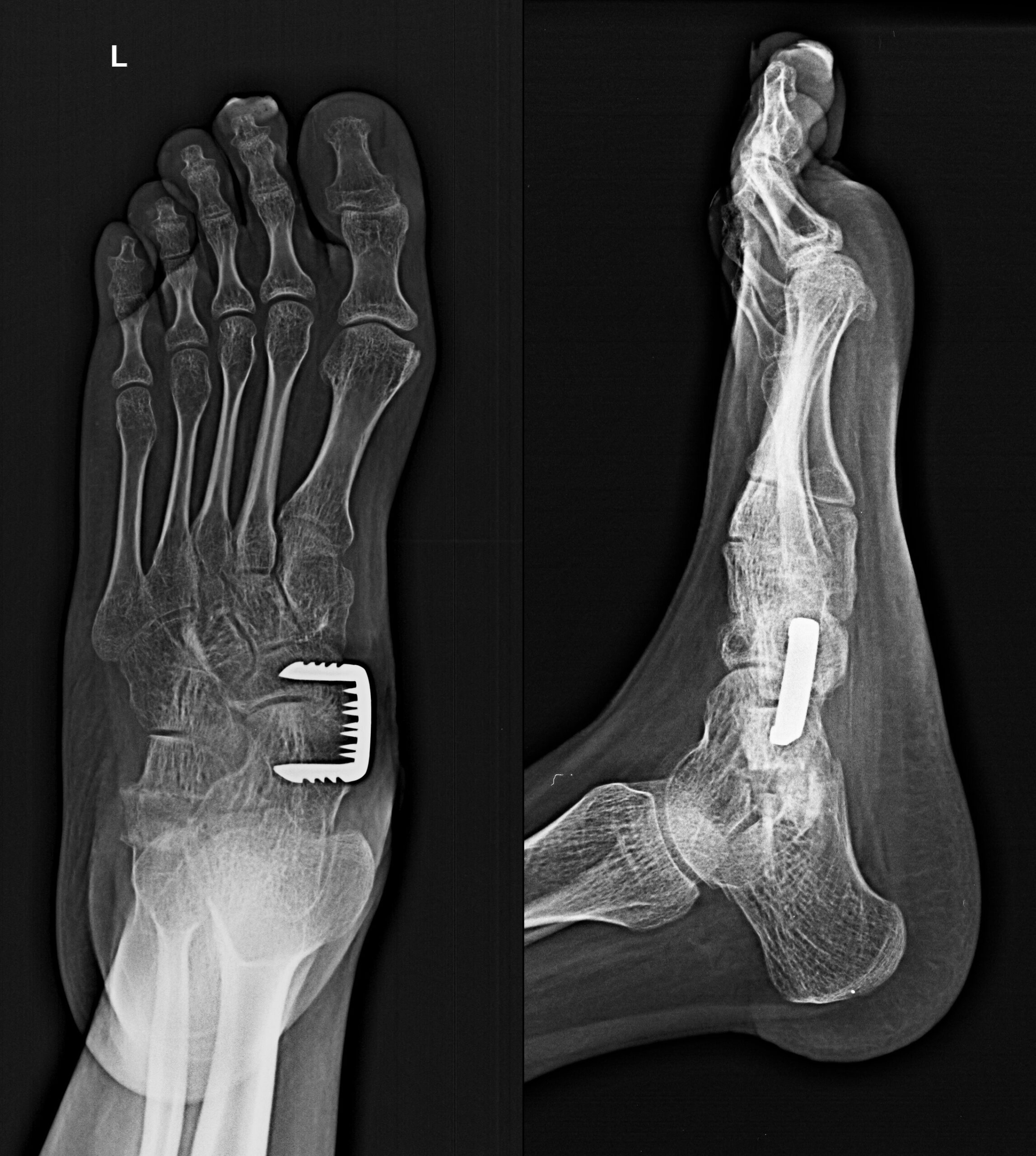
Calcaneocuboid fusion

Calcaneal lengthening
Hand problem managed by tendon transfer
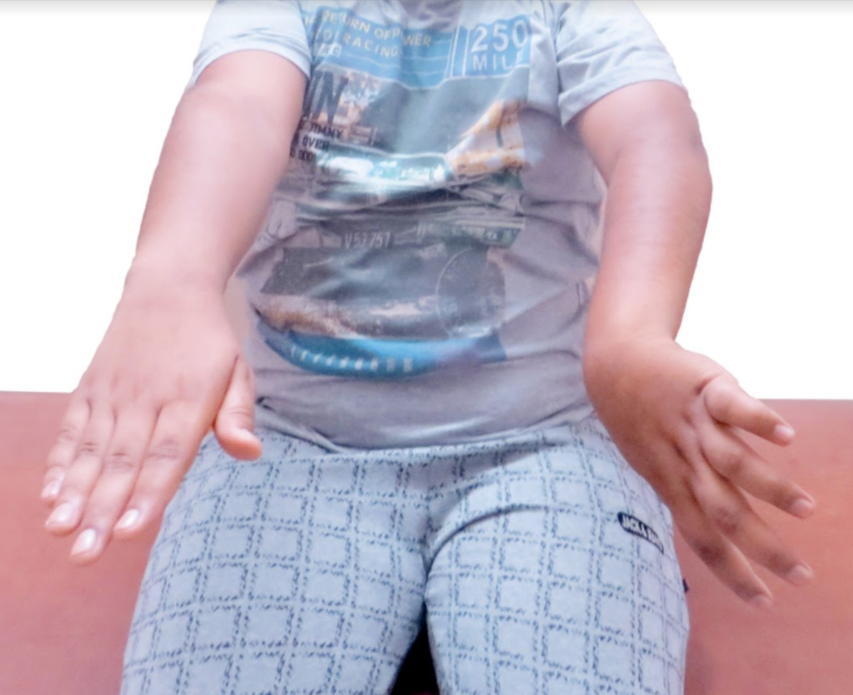
Before Surjery
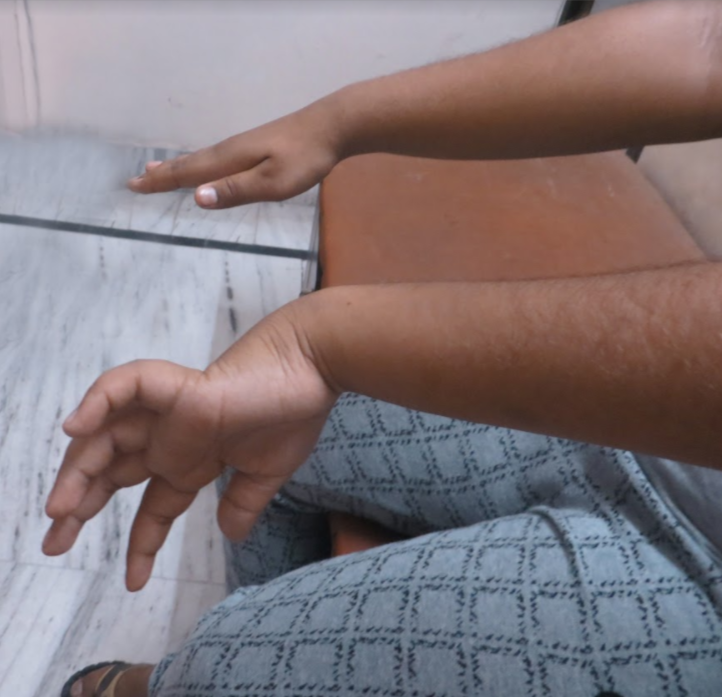
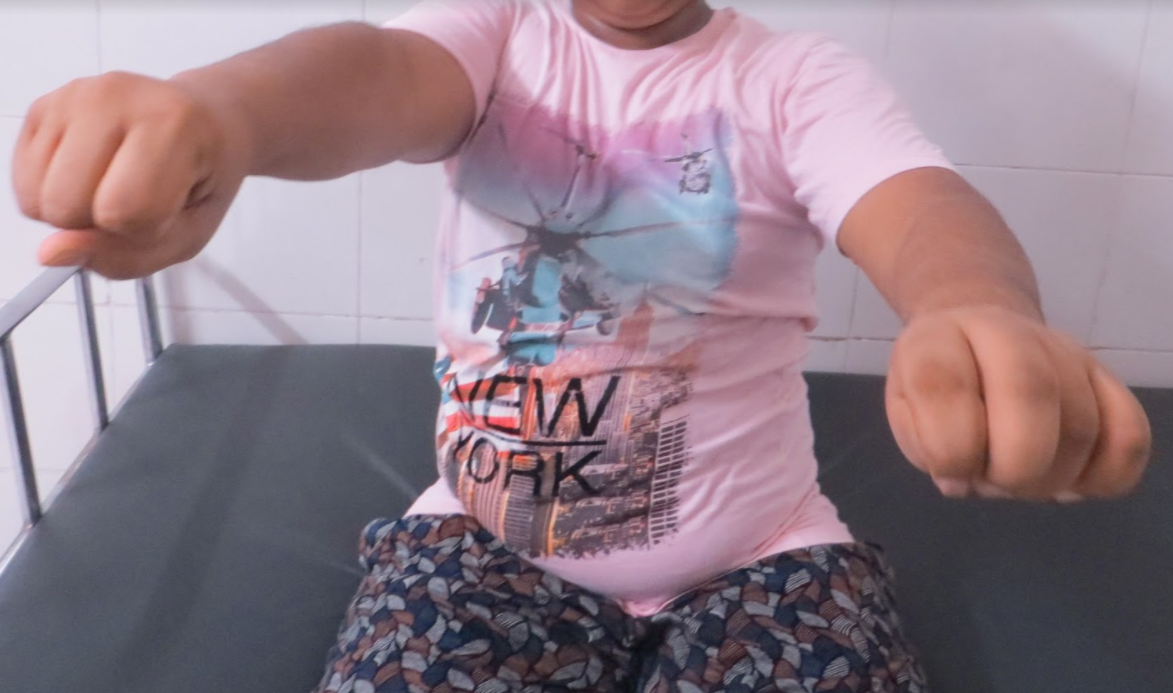
After Surjery
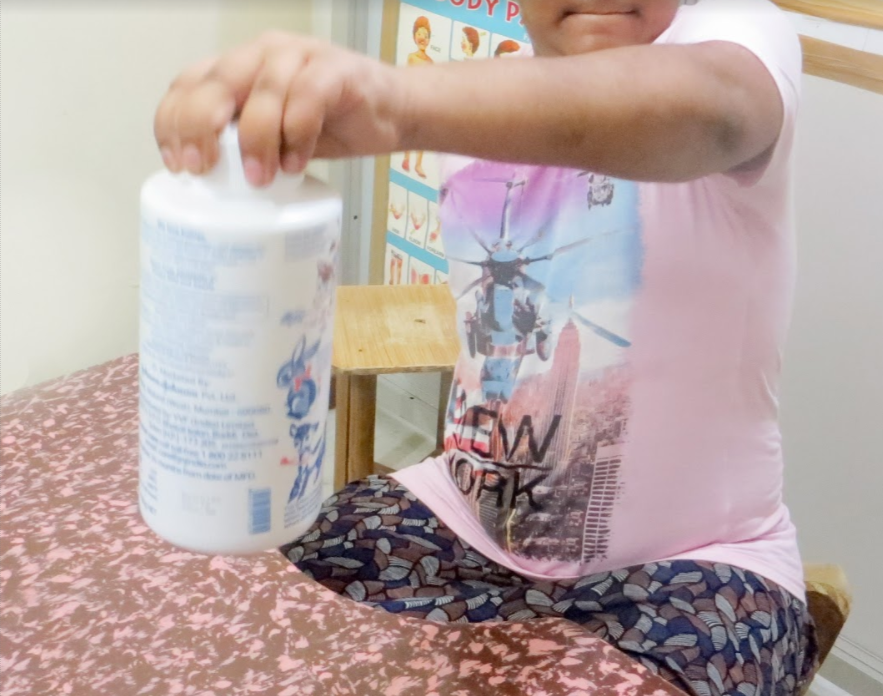
Reviewed and Submitted by Dr. Jitendra Kumar Jain
Last updated on July 11, 2020
Dr.Jitendra Jain, MD and DNB (Orthopedics), president at Trishla Foundation, an NGO for treatment of cerebral palsy, and a Consultant Pediatric Orthopedic Surgeon & Cerebral Palsy Specialist at Trishla Orthopedic Clinic & Rehab Center.
Dr. J. K. Jain is a member of the general council at Dr. SMN university of rehabilitation, Lucknow, a member of the advisory board chief commissioner for PWD, Govt. of India (New Delhi), a member of the state disability research committee (U.P.), and a member of the committee of RCI, New Delhi. He has been awarded many awards, including the Dr.Bhagawan das memorial award, the spirit of humanity award, and the state govt. award for his services towards PWD, etc. Times of India has posted his work many times and mentioned him as one of the best doctors in the field of Pediatric Orthopedics. He helped many children recovering from cerebral palsy, just like comedian jay Chanikara, who is now able to stand and walk without any support, Abena, a Ghana girl with cerebral palsy, and many more. He also organized the National Wheelchair cricket tournament and created World’s first cerebral palsy village foundation in Prayagraj. He successfully treated 10,000+ children with various kinds of orthopedic disability, conducted 160+ free assessment camps, and produced a documentary film on cerebral palsy.
Walk in Appointments Available Daily
Donec rutrum congue leo eget malesuada. Pellentesque in ipsum id orci porta dapibus. Quisque velit nisi, pretium ut lacinia in, elementum id enim. Vivamus magna justo, lacinia eget consectetur sed, convallis at tellus.
Contact us
Call Us
0532-2468989
+ 91 9415014994
+ 91 8577873545
+ 91 9455001645
Email Us
totrishlaortho@gmail.com
Our Location
Dr. Jitendra Kumar Jain
Trishla Orthopedic Clinic & Rehab center, 182C / 350A, Tagore Town, Prayagraj (Allahabad) U.P-211002, India
